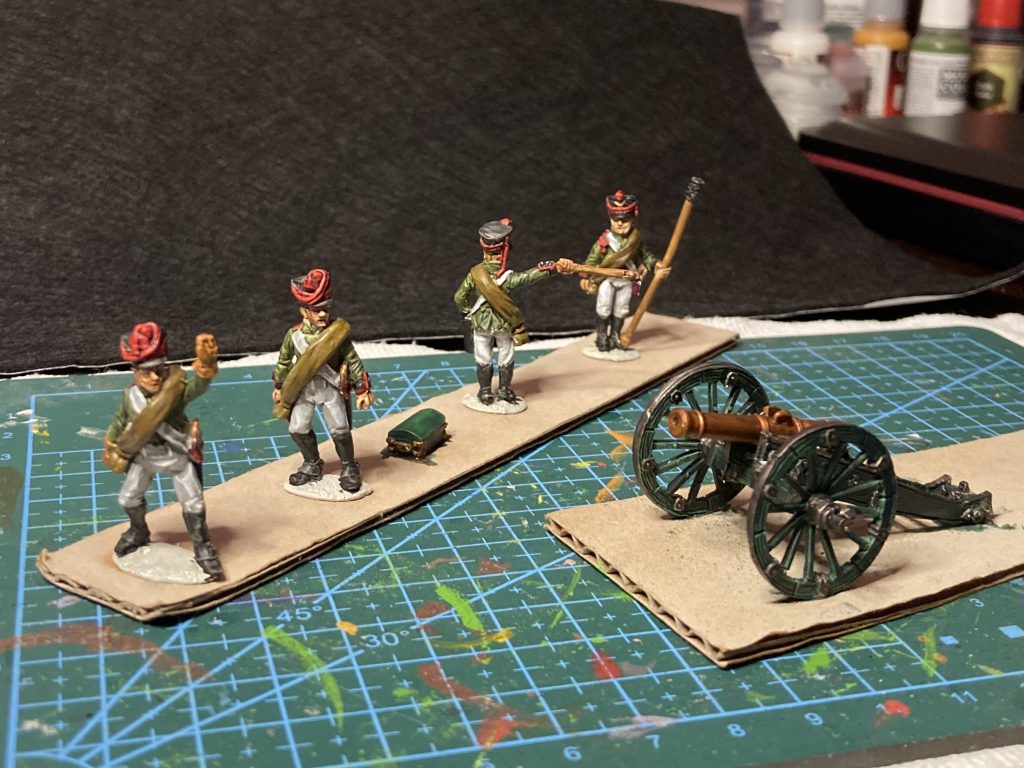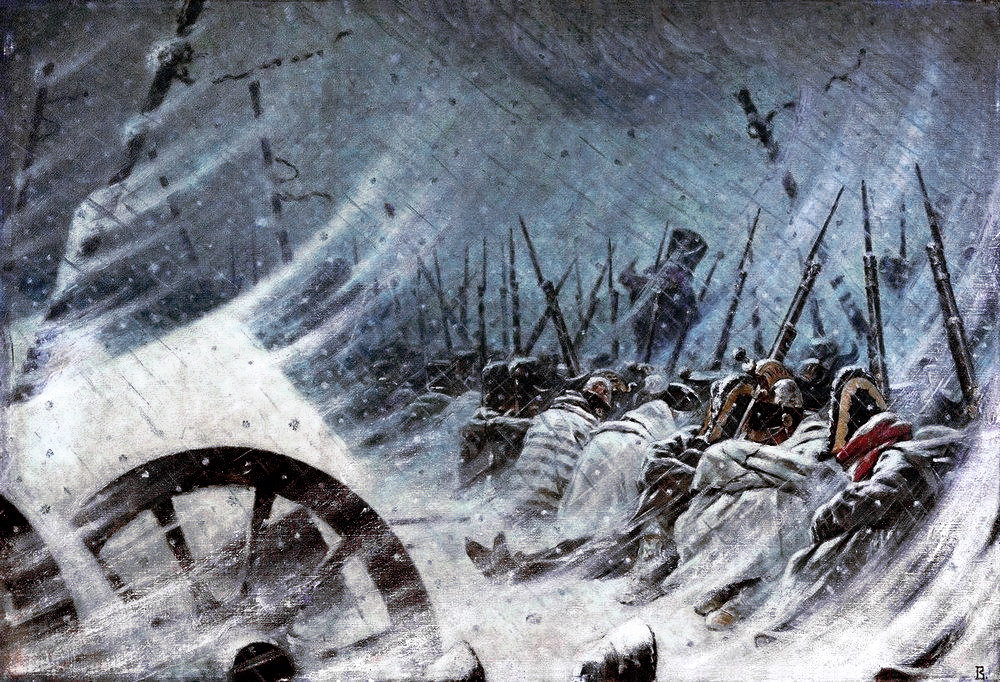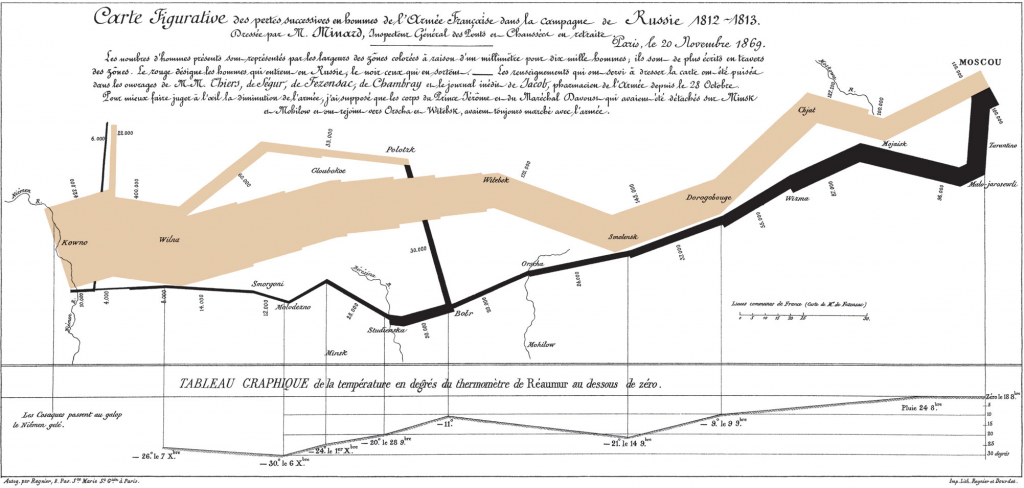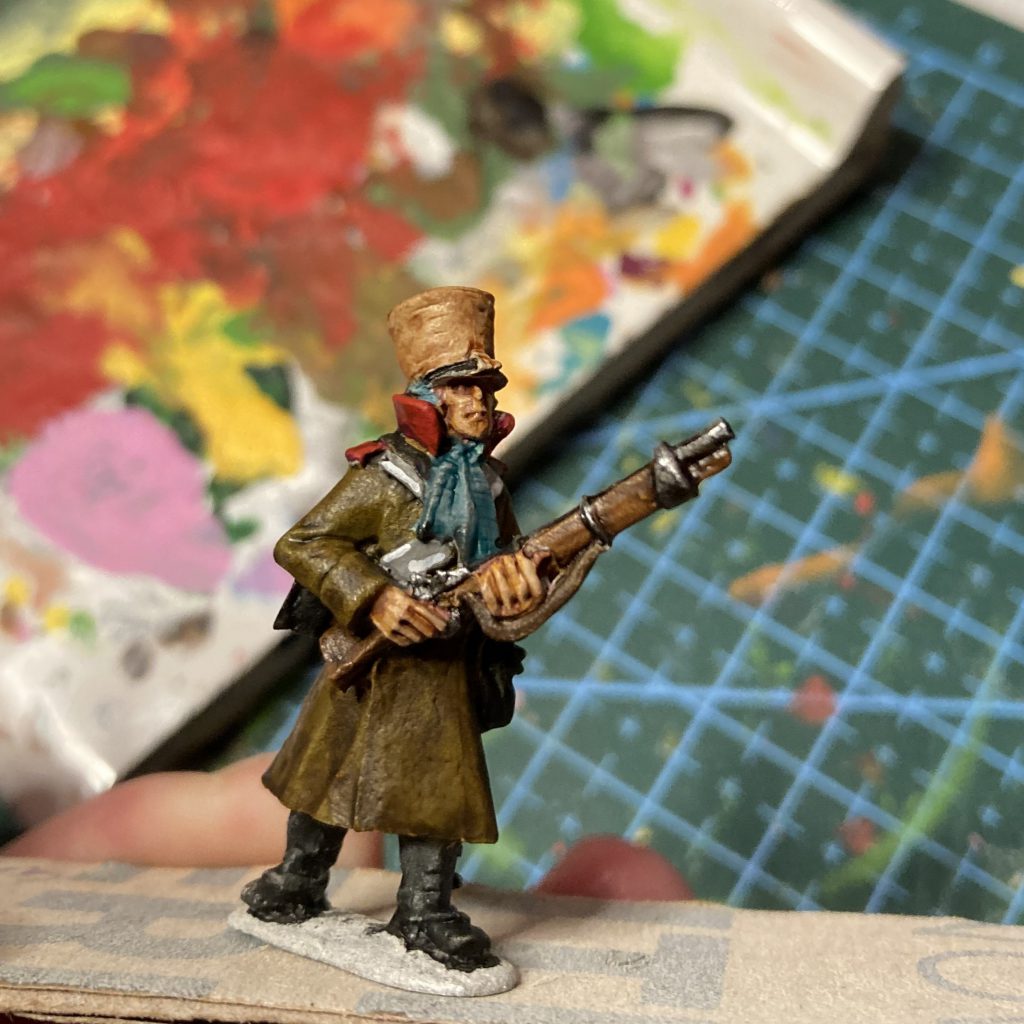Imperial France? The Habsburg Empire? Don’t make me laugh! These haven’t been empires for a decade yet by 1812.
This is the story of a real empire. One with a history stretching back centuries. One that can truly* lay claim to the cultural legacy of Rome. One that is very, very cold.
More immediately, this is the story of my journey diving into the wide world of Napoleonics. I’ve known for a long time that I would end up painting little toy soldiers in their brightly colored uniforms, and I put it off for as long as I could. I know myself, and I knew that as soon as I bought my first Perry miniature, I would quickly be up to my eyeballs in cuffs and turnbacks, in cotton balls and bright green flock. I contented myself with Games Workshop products for my fix of plastic crack.
Until one day, something happened that would change the course of my hobby journey forever… I became a father.
It’s a well-known fact that, upon becoming a dad, a person must choose one of three hobbies:
- Napoleonic wargaming
- Model trains
- Angry political posting on Facebook
And so, fully aware that I was stepping off a precipice I will never recover from, and with a child in tow, I took my first step along the long road to Moscow: I started reading Goonhammer Historicals.

*The myth of Moscow as a successor of Roman culture**, by way of the Orthodox church and a distant cousin of Constantine XI, is very very real. It appeals to exactly the kind of person you think it does. I don’t seriously endorse this view.
**That is to say, brigandage at a massive scale, widespread slavery, and eagles.
Choosing an Army
Of course, the next step is to choose your character, and luckily we here at Goonhammer have a guide to help you do just that! For me, personally, Russia as a combatant in the Napoleonic Wars has several draws.
First and foremost, the Russian army is under-represented in my local Napoleonics community. Everyone wants to play the British, with their famous red coats and dashing rifle officers, or the French so they can pretend to be Napoleon. Other nations that were just as involved in the wars that ravaged Europe catch short shrift for one reason or another. I want to collect a unique army that will stand out on my local tables.
This is especially true compared to my second reason: Russia’s pivotal importance in the fall of the Upstart Emperor. It’s not an exaggeration to say that Napoleon’s armies were broken during the 1812 invasion of Russia, even though it took another two years to finally tell. The horses, men, cannon, and freight wagons abandoned during the retreat from Moscow weakened France in the battles to come. Napoleon’s reputation as an invincible battlefield general also suffered, and the armies of the Coalition began to believe that they could win.

Finally, and more personally, Imperial Russia as a nation fascinates me. It was a land of contrasts: between its Asian and European cultural identities, between its thriving cities and vast empty steppes, or between its starving peasants and divinely ordained gentry. The Russian soldier of the Napoleonic Wars was an illiterate peasant, starved and poorly led, but famously dedicated. Foreign allies and enemies alike commented on the bravery, determination, and ferocity of the Russian infantry. I enjoy putting myself in the boots of the people that I’m representing on the table, and the human interest angle of the Russian Army contains endless depth.
My choice, then, is the Russian army of the early 19th century.
Drilling Down on a Period
The One beautiful thing about historical wargaming is that you can choose your own setting, instead of being constrained by a publishing company updating the lore. Want to play Russians during the Battle of Austerlitz in 1805? Wargame Russian-Ottoman tensions in the 1820s? Relive the famous Battle of Balaclava? Whatever strikes your fancy, you can build and paint to your heart’s content. This is, of course, a double-edged sword. You have to choose, and in the current plastic miniatures renaissance you’re absolutely spoiled for choice when it comes to miniatures. A friend of mine who plays recommended that I assemble the most generic Russian force I could and base them on grassy fields, so that I could use them for any battle of the early 19th century.
To me, this seems like the wrong way to go about things entirely. I want to build an army with a story, and the specificity of a hobbying a single campaign gives me much more pleasure than building a generic force to slightly increase the number of games I might play. What story is better, then, than the triumph of General Winter and his soldiers over the might of the French Imperial war machine? Time and again throughout history generals have underestimated the magnitude of the Russian winter in their invasion plans, and retreated with their tails between their legs.

I am going to build a Russian force in the winter of 1812. While there were several major battles fought during this campaign season before the winter set in properly, I am personally much more compelled by the retreat. This means that I’ll base my models in deep, miserable snowdrifts, and seek out models in greatcoats as much as possible. I want them to look cold.
My goal is, as much as possible, to evoke the deadly partisan warfare that characterized the winter of 1812. Though historians recognize a few “battles” that occurred during the retreat, the reality is that the entire period from October to December was more a series of skirmishes. Neither army was willing – or frankly much able – to give pitched battle. In War and Peace, Tolstoy spills a remarkable amount of ink arguing that with the numbers of men involved, it was essentially impossible for either Napoleon or Kutusov to impose any grand strategic design on their army. Instead, a couple hundred thousand people went camping in terrible, terrible conditions. Sometimes, they even shot at each other!

There are a couple ways that I can make my forces look more ragged, but we’ll dive more into the hobbying in my next installment. With a clear vision of what I want, the next step is to choose models and paint schemes to fit that vision (and my limited budget).
Recommended Reading
I’m unabashedly cribbing this idea from Lenoon’s excellent series of articles about his own Road to Austerlitz, at least partially to force myself to read more about the period. I’m going to go with the low-hanging fruit for my first article, and recommend you try Leo Tolstoy’s War and Peace. Yes, seriously. No, please, come back!
War and Peace has a reputation. It’s up there with Moby Dick in the pantheon of books that are maligned because of their length. In fairness, there are sections of War and Peace that are incredibly dense. However, this is mostly confined to Part 15, which is essentially an epilogue. The majority of the book is a well-written and surprisingly easy-to-read story of a few aristocratic families as their lives intersect over about twenty years, spanning almost all of the Napoleonic Wars and their immediate aftermath. The language is a little dated, but nowhere near as bad as I was led to expect. I actually laughed out loud at several passages – Tolstoy is remarkably witty, and the humor has aged well over the past 150 years. Strikingly, the characters are very, very human. The main characters are remarkably relatable, and mature over the 20-odd years that the book covers from teenagers (with all that implies) to young adults. The passage of time and the horrors of war, and their effects on individual and national character, are depicted in a way that is all too relevant today.
Thanks for following along on my journey to becoming the ultimate dad. Got questions? Comments? Get in touch! You can reach us at contact@goonhammer.com, or drop a comment below. Next time: Hobbying. I have a mission statement, time to start turning that into physical reality.



You must be logged in to post a comment.